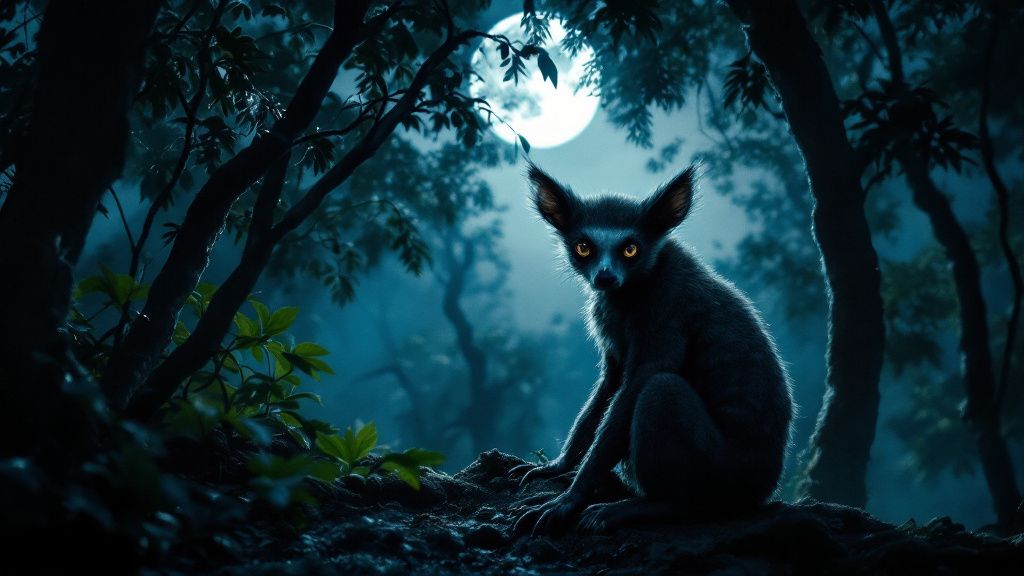
The aye-aye, a peculiar and captivating creature from Madagascar, stands out as an enigma of the animal kingdom. It holds the title of world's largest nocturnal primate, and its distinctive features and behaviors contribute to its mysterious allure. The aye-aye boasts unique adaptations, such as percussive foraging, where it taps on trees to utilize echolocation for locating grubs and insects. This method showcases their resourceful approach to sustenance, relying on vibrations and sound.
One might find its ever-growing incisors puzzling, a trait it shares with rodents. This necessitates constant gnawing to prevent overgrowth, reflecting its life's constant maintenance. The aye-aye's most scrutinized attribute is the elongated, slender middle finger, skillfully evolved to extract insects from beneath tree bark—a perfect example of nature's ingenuity.
Usually solitary and territorial, the aye-aye marks its domain through vocalizations and tree drumming, an intriguing mode of interaction distinctively heard from as far as 150 meters away. This drumming serves a dual purpose: communication with fellow aye-ayes and territorial declaration. Encounters with these strange animals are limited as they primarily inhabit Madagascar's rainforests, adopting a nocturnal lifestyle to elude predators.
Recognized as endangered species due to severe habitat loss from deforestation, the aye-aye plays a crucial ecological role in controlling insect populations, despite its unconventional appearance. Their large eyes, spindly limbs, and skeletal form lend an eerie charm, embodying the essence of exotic pets in the wild.
Unveiling the mysteries of this rare animal continues to fascinate animal discovery enthusiasts and underscores the urgent need for animal conservation efforts. Organizations committed to preserving such unique wildlife must forge pathways to protect this incredible species and other weird animal species dwelling on Earth. Engaging with these unusual animal behaviors and adaptations deepens appreciation and fosters a united front for animal rights organizations worldwide, ensuring this uncommon pet of the wild remains an indelible part of biodiversity.
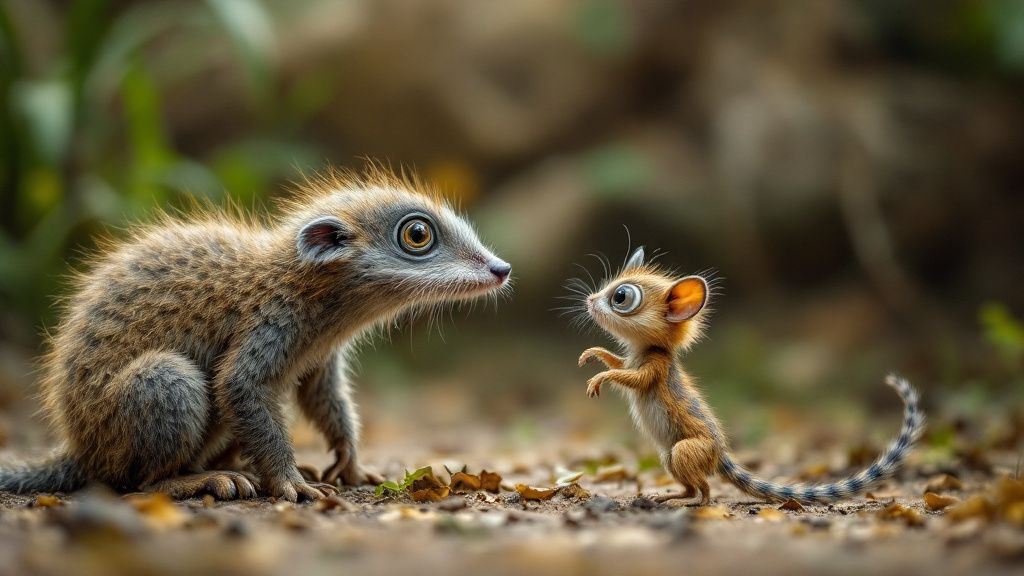
Diving into the realm of peculiar creatures unveils a world teeming with extraordinary habits that secure their place in the web of life. Certain animal species, like the peacock spider, perform intricate courtship dances that not only captivate their mates but also serve to exhibit their genetic fitness. These displays of flamboyant movements are essential adaptations to their environments, highlighting why exotic pets and uncommon pets can never fully emulate these wild instincts.
Environmental conditions critically influence such behaviors. For instance, birds exhibit migration patterns that are fine-tuned to the changing availability of food across seasons, demonstrating an exquisite balance with nature. Arctic foxes manifest their adaptability through seasonal fur color changes, which provide both camouflage and the ability to regulate their body temperature in the harsh climates they inhabit.
Some creatures, like goats, ascend to high vantage points to showcase dominance and attract mates, an adaptation suited to rugged terrains. Meanwhile, the vibrant colors seen via aposematic coloration in various species act as natural deterrents, cautioning predators about their inherent toxicity. This interplay between environment and instinct not only fuels the survival of unique wildlife but also presents a fascinating subject for animal rights organizations and researchers alike.
Insects like bees display complex communication methods, reflecting the challenging contexts of their social hierarchies and environmental interactions. Vocalizations in birds serve critical communicative functions where visual signals may falter, underpinning the importance of auditory adaptations for survival in visually restrictive environments.
The survival of fascinating creatures pivots on their ability to evolve and adapt, responding to ever-changing environmental demands. Behavioral innovations such as altering feeding habits based on resource availability point to a remarkable agility that keeps them thriving amidst challenges. These unusual animal behaviors continue to intrigue scientists and conservationists who strive to decode their mysteries and utilize these insights for informed conservation strategies. Through understanding these adaptable habits, unique animal facts emerge, enriching not only knowledge but also the ongoing efforts to preserve diverse species for future generations.
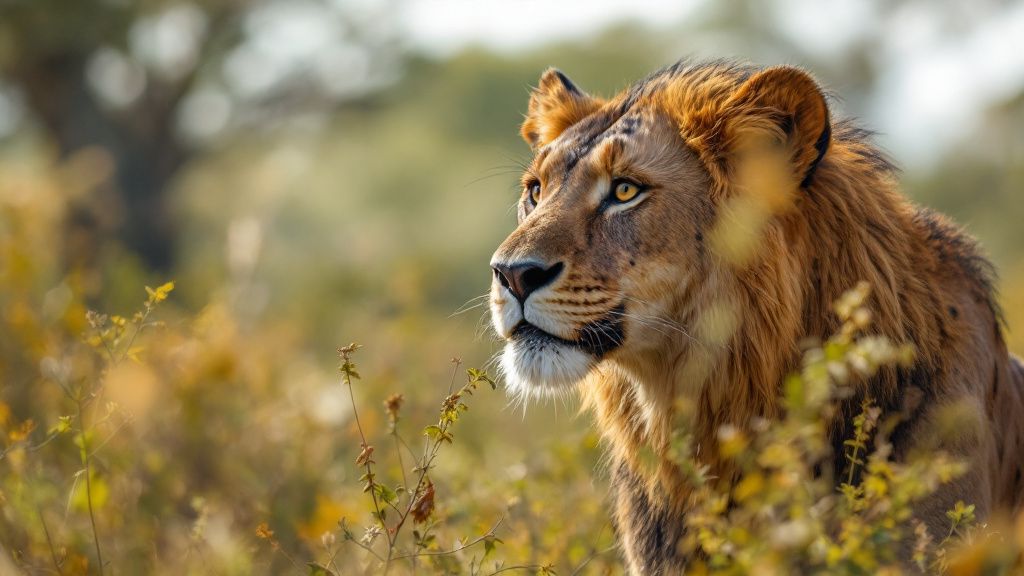
Exploring exotic wildlife with a mindset shift uncovers layers of significance beyond the surface of preservation. Viewing strange animals as essential components of their ecosystems reveals their integral roles that go beyond being mere curiosities. These creatures contribute to the tapestry of biodiversity, each playing a part in the complex interactions that sustain their habitats. This interconnectedness necessitates looking beyond traditional conservation to embrace their ecological contributions.
Modern conservation strategies highlight the need to incorporate human elements within ecological initiatives, recognizing the crucial role local communities play in wildlife management. This perspective shift invites you to consider conservation as not only the safeguarding of unique animals but as a symbiotic relationship where human needs align with ecological goals. Innovative approaches now advocate for preserving entire ecosystems rather than isolating individual species, fostering sustainable outcomes by maintaining the intricate web of life.
Technological advancements such as drones and satellite imagery have revolutionized the way exotic wildlife is monitored. This technology integration enables comprehensive data on species movements and habitat usage, forming the bedrock of effective conservation planning. Furthermore, involving local communities in conservation efforts increases success rates remarkably, as these communities bring valuable insights and have a vested interest in the vitality of their ecosystems.
Cultural recognition further changes how exotic wildlife is perceived, with local beliefs and traditions enhancing public support for conserving these enigmatic species. Additionally, the rewilding concept is gaining momentum, aiming to restore ecosystems to their natural states by reintroducing native species, thereby enhancing biodiversity.
The alarming acceleration of biodiversity loss, with around 1 million species at risk, underscores the pressing need for adaptive and inclusive conservation practices. Addressing the intertwining challenges of habitat loss, climate change, and human activities demands a flexible approach that balances ecological needs with human interests. Understanding exotic wildlife differently is about acknowledging their irreplaceable ecological functions and ensuring structured conservation strategies that anticipate and respond to environmental changes. By embracing this holistic view, the essence of animal conservation evolves into a dynamic endeavor that aligns with a future where biodiversity can thrive amidst the challenges of our changing world.
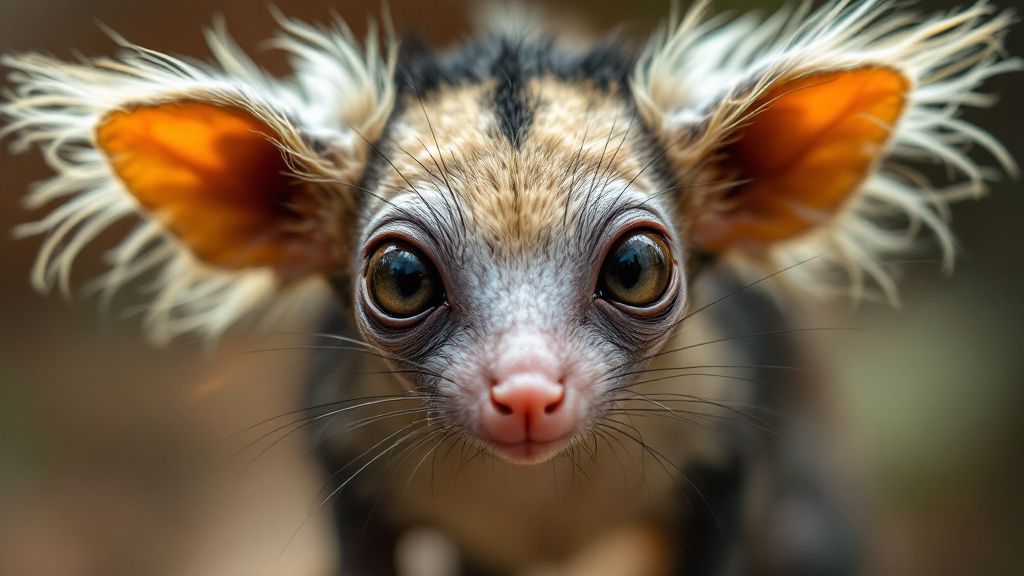
What makes some animals appear strange is often rooted in the remarkable adaptations they have developed to survive in their specific environments. These oddities arise as a result of evolutionary pressures that craft distinctive features tailored to niche ecological roles. Taking the aye-aye of Madagascar as a prime example, its unusual appearance and behaviors, such as its elongated middle finger for extracting insects from bark, demonstrate how evolution engineers solutions that, while peculiar to us, are crucial for its survival in the wild.
Many animals boast bizarre traits that bolster their chances of enduring and thriving. Consider the giraffe's elongated neck, a classic illustration of adaptation offering a competitive edge by granting access to foliage unreachable by other herbivores during periods of scarcity. Similarly, the platypus's blend of attributes, including a duck-like bill and webbed feet, equips it for life in aquatic habitats, illustrating the variety of evolutionary strategies developed to tackle environmental challenges.
In extreme climates, adaptations become even more peculiar. The Alaskan Wood Frog displays one of nature's most fascinating techniques by surviving harsh winters with up to 60% of its body frozen. This adaptation showcases the extent evolution goes to enable persistence in seemingly uninhabitable conditions.
Additionally, behavioral adaptations such as hibernation enable species to conserve energy during times of food scarcity, demonstrating that survival strategies are not limited to physical traits alone. Meanwhile, the long wingspan of albatrosses exemplifies evolution’s flair for energy-efficient solutions, allowing these seabirds to glide effortlessly over expansive oceans.
Adapting to predation is another reason for these curious traits. Camouflage, for example, allows certain animals to seamlessly blend into their surroundings, evading the watchful eyes of predators. This evolutionary dance between predator and prey is a testament to the dynamic interactions shaping the natural world.
These evolutionary adaptations reflect the powerful force of natural selection, systematically favoring traits that enhance survival and reproduction over generations. The diverse array of unique animal adaptations underscores the ingenuity inherent in evolutionary processes, enriching our understanding of ecosystems and provoking endless curiosity about the marvels of nature. The strange animal features we observe today are, in fact, nature’s elegant responses to the myriad challenges posed by their environments, urging us to appreciate the ingenuity of life's varied evolutionary paths.

The debate surrounding unusual animal behavior offers a fascinating exploration of how different perspectives shape our understanding and treatment of these creatures. On one side, scientists study these behaviors through the lens of unique adaptations essential for survival. These behaviors, such as specific foraging strategies or social interactions, are crucial for conservation efforts as they provide insight into how animals thrive in their natural habitats.
However, this scientific perspective often contends with the critique of anthropomorphism, which suggests that attributing human-like characteristics to animals may skew interpretations. This concern raises ethical questions, particularly about the welfare of exotic pets and rare animals when removed from their native environments. In captivity, these animals may exhibit alternative behaviors, prompting discussions on the impacts of dislocation and the ethical implications of keeping exotic pets.
The critical role of animal behavior in conservation is further emphasized by current research indicating that its integration is undervalued in wildlife management. Despite evidence that behavioral understanding can enhance conservation outcomes, its potential remains largely untapped in strategic planning. Behavioral alterations driven by human-induced environmental changes, such as habitat fragmentation, underscore the pressing need to incorporate this knowledge in conservation strategies to better navigate the challenges animals face.
Recognizing these complex behaviors also intersects with the growing focus on positive emotional states in animals. This shift is reshaping discussions around animal welfare, pushing beyond basic survival to consider overall well-being in conservation practices. Such change underscores the depth of understanding needed in managing biodiversity and ensuring ethical conservation efforts.
Addressing these contrasting perspectives requires continually refining classifications within species concepts, as misclassifications can lead to ineffective conservation strategies. Ensuring clarity in definitions aids in the precision of management approaches, leading to more effective preservation of species.
In sum, embracing the multifaceted nature of unusual animal behaviors helps bridge the gap between scientific inquiry and ethical considerations, steering future conservation plans toward sustainable and ethical paths. Recognizing how different species utilize their cognitive skills enriches the discourse around animal intelligence, conservation tactics, and welfare discussions, ensuring a comprehensive approach to preserving the natural world. Integrating these insights from behavioral science holds the promise of not only improving conservation strategies but also fostering a more compassionate understanding of the wildlife that enriches our planet.
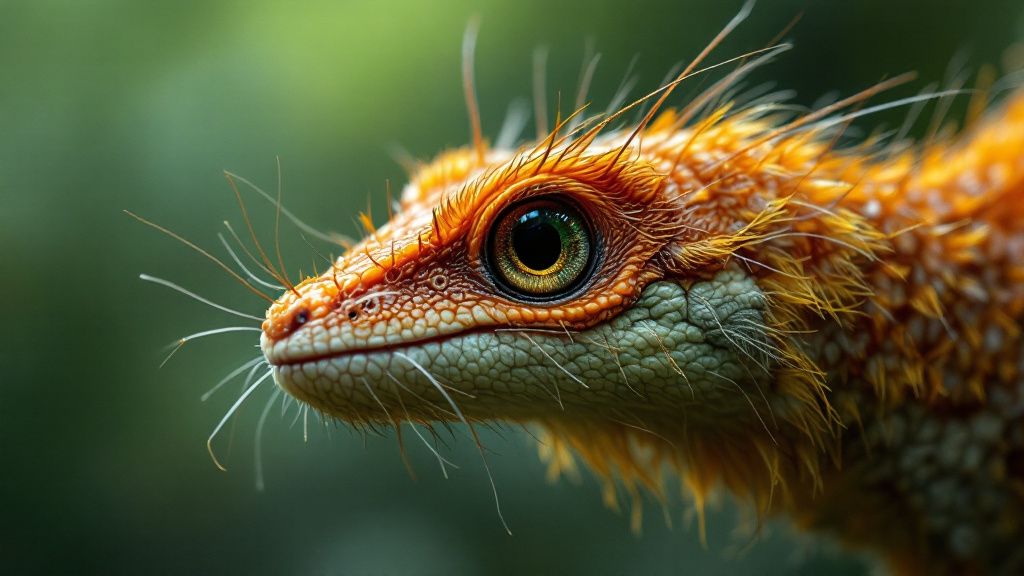
The intricacies of nature revealed through the lens of scientific exploration highlight how unique animal adaptations are key to survival in diverse and challenging environments. These adaptations often stem from the intricate interplay between diet, habitat, and evolutionary pressures. Such factors shape the peculiar traits observed in myriad species, bestowing them with unparalleled survival techniques.
Consider the camel's specialized kidneys and fat-storing humps, which enable it to endure the arid desert conditions by efficiently conserving water and converting fat into energy. This remarkable adaptation allows camels to thrive where resources are scarce, illustrating nature's ingenuity in crafting survival strategies tailored to specific environments.
In the frigid waters of Antarctica, icefish have evolved antifreeze proteins to prevent their blood from freezing, a necessity that facilitates their survival in sub-zero temperatures where few other species can endure. Similarly, the anglerfish utilizes a bioluminescent lure to attract prey in the deep, dark ocean depths, exemplifying a unique adaptation that enhances its hunting prowess in its challenging habitat.
The aye-aye of Madagascar sheds light on similar themes of evolutionary innovation. With elongated fingers and enhanced nocturnal vision, it adeptly navigates its environment to hunt prey, underscoring how specific traits offer distinct advantages. These features allow the aye-aye to occupy specialized ecological niches, fueling fascination among animal discovery enthusiasts and prompting biodiversity researchers to prioritize conservation efforts due to the species' threatened habitats.
Adaptations also play a crucial role in social interactions and reproductive success, as seen in the narwhal's tusk, which serves as a tool for mating and social exchanges. Such traits emphasize the interconnectedness of physical adaptations with behavioral and ecological dynamics.
In extreme habitats from deserts to icy realms, genetic and behavioral adaptations, such as the axolotl's regenerative abilities or the migratory patterns of birds, reflect the continuous evolution of life crafted by environmental demands. These remarkable survival traits are not mere oddities but necessary solutions that contribute to the maintenance of biodiversity and ecosystem function, urging a deeper appreciation and commitment to conserving the wonders of the natural world. As these adaptations unfold their secrets, they offer invaluable insights into the resilience and adaptability of life, propelling conservation efforts to ensure that these extraordinary creatures continue to thrive amidst ever-changing challenges.
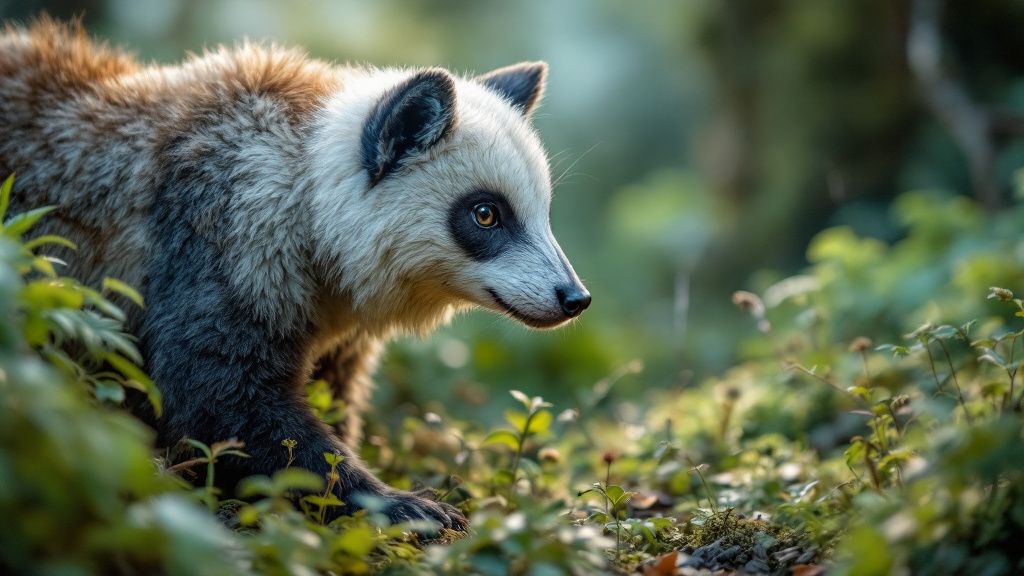
Looking to the future, the landscape of biodiversity conservation is set for dynamic and transformative changes. The integration of advanced technologies into conservation practices is a promising trend that is driving profound shifts in how unique wildlife species are preserved. Artificial intelligence (AI), for instance, is playing a pivotal role by enhancing the monitoring of wildlife populations and habitats, offering predictive insights that are indispensable for proactive conservation strategies. AI's ability to process vast amounts of environmental data allows for better anticipation of ecological trends and threats.
Complementing AI, remote sensing technologies provide real-time data on ecosystem changes, offering conservationists new ways to monitor and protect habitats from a distance. Such technologies support timely interventions that are crucial for preventing further declines in endangered species populations. Furthermore, innovative approaches like environmental DNA (eDNA) sampling represent a leap forward in non-invasive biodiversity monitoring, allowing scientists to detect species presence in an area without disturbing their natural habitats.
In the realm of transparency and resource management, blockchain technology is being explored for its potential to enhance accountability in conservation efforts. By providing a secure method for tracking conservation activities and the allocation of funds, blockchain ensures resources reach their intended purpose effectively.
Community-based conservation initiatives are also gaining momentum, underscoring the importance of involving local populations in biodiversity efforts. These strategies acknowledge that integrating local knowledge and practices can significantly enhance conservation outcomes. Furthermore, as public awareness of biodiversity challenges reaches new heights, there is greater support for conservation initiatives globally. This awareness is critical for driving policy changes and securing investments in innovative technologies aimed at protecting biodiversity.
Genetic technologies offer another promising avenue, providing insights into species diversity that are crucial for effective breeding and recovery programs. These technologies enable a more nuanced understanding of genetic variations, which is essential for maintaining healthy populations. By 2025, it's expected that AI's role in wildlife conservation will significantly enhance monitoring efficiency, reduce costs, and expand the scale of conservation efforts.
Ultimately, the future of biodiversity conservation is likely to embrace a multi-faceted approach that combines cutting-edge technology, community engagement, and robust legal frameworks to address the complex challenges facing wildlife today. Animal rights organizations are poised to play an instrumental role in ensuring that new legal structures prioritize habitat protection, aiming to create a sustainable future where unique species can thrive alongside human development. This integrated strategy will be crucial in safeguarding the richness of life on Earth for generations to come, turning the tide of biodiversity loss toward a more hopeful horizon.
Get free resources, early access to new features and updates.
No spam. Just fun educational emails!